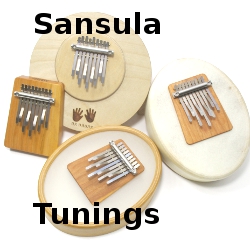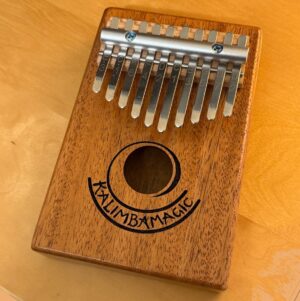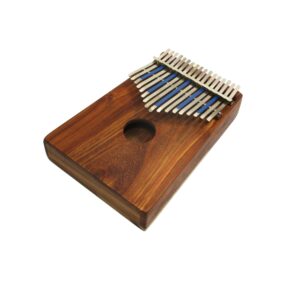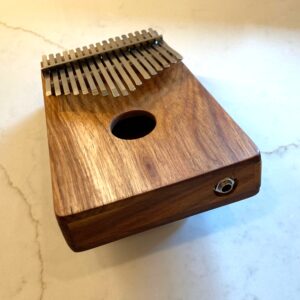
TIP: Exploring Sansula Tunings – p10 – Morocco E Tuning
This is an enchanting middle-eastern style tuning Even though the Morocco E sansula tuning is one that I haven’t explored very much, I actually have two instruments set up in this tuning! I play around with this tuning because it is fun. Morocco E tuning sounds quite serious, which is why I love it so much. Again, even if you have no interest in ever getting a sansula, look at the patterns in the tablature here and learn, as this stuff is applicable to any kalimba. Lesson 1: Lopsided phrase. Measures 1-3 (on the left) are all cut from the same cloth, but measure 4 is totally different. Measures 1-3






